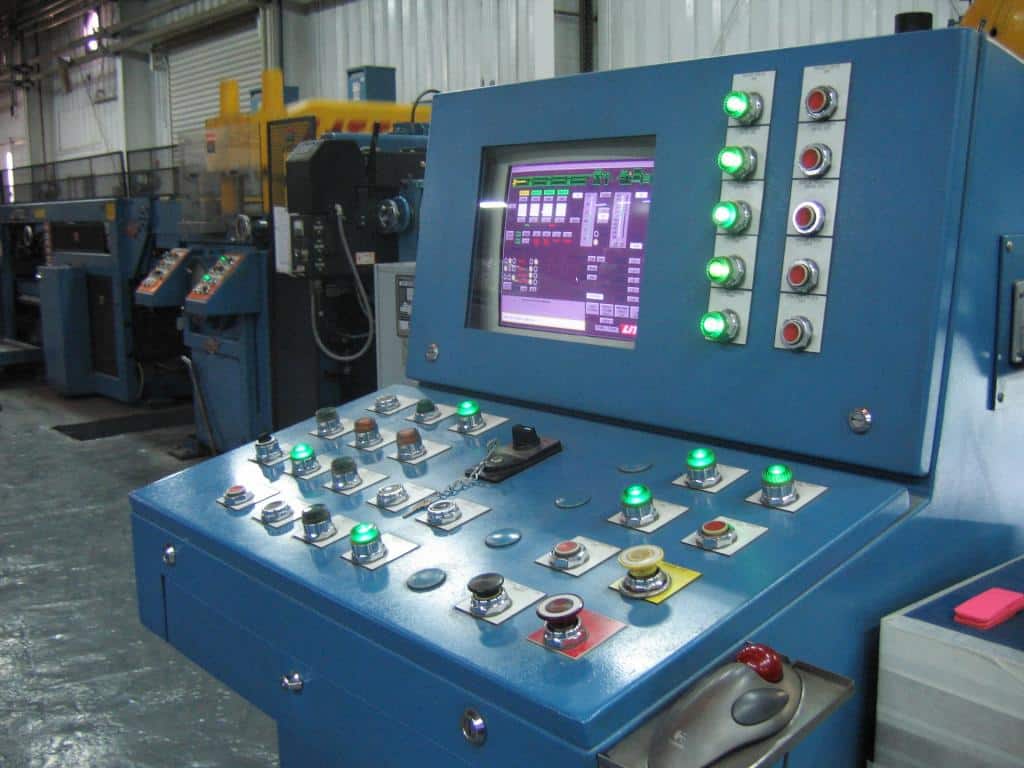
Bring information as close as possible to employees, make it visible, understandable and immediately identifiable so that objectives remain clearly visible and increase the chances of achieving them. This is what visual management is all about in industry 4.0. At a time when we are seeking to simplify the environment for operators and teams as much as possible, the use of visual aids that are omnipresent and easy to interpret is particularly useful.
As a Lean Management approach, it aims to help men and women in the field, as well as their managers, to take the right decisions at the best possible time.
Visual and proximity for increased impact
Initially designed to be applied to the Japanese automotive industry, visual management methods have gradually conquered other industrial sectors as their players have grasped their potential.
Much more than long explanatory texts and endless meetings, the visual indicator displays on which this approach is based are expected to have a direct and increased impact on employees’ activities.
Quantitative and qualitative indicators are thus placed as close as possible to the production teams, allowing them to quickly and clearly see the objectives to be achieved and the results obtained. Constantly updated, the elements displayed as part of visual management can also reveal anomalies to be addressed (delays, waste rates, etc.) and positive contributions (ideas for improvement, problems solved). It is up to the manager to define the content most likely to contribute to improving the activity.
In practice, this often takes the form of data in a table: numerical information, graphs, curves, etc. These indicators must be easy to understand and interpret so that employees can react quickly and effectively.
Thanks to visual management, the manager has access to decision-making support and a formidable tool that promotes participative dynamics within the industry.
Visual management and performance
Visual management aims to contribute to improving the company’s performance by positively influencing productivity, the organization of human and material resources, the dissemination of good practices and customer satisfaction.
In particular, it focuses on greater responsiveness through the comprehensibility and proximity of information.
This may include, for example, reorganizing production, following a hazard, to meet customer needs. In this specific case, the reassignments of employees to positions and equipment, as well as the actions to be undertaken and objectives, are posted on a table within the workshop, clearly visible allowing for decision-making and rapid action to overcome this constraint.
Valuing the operator
Visual management also aims to enhance the value of the employee by encouraging participative approaches, developing team spirit and empowering him/her.
It provides considerable assistance to the operator in the accomplishment of his mission by offering him a visual operating mode.
While supporting group work, visual management in the industry empowers operators by encouraging them to make their own decisions based on the stated objectives and results.
In this sense, it is an approach that is in line with Lean Management, which recommends the development of employees through motivation, commitment and involvement, with a view to improving performance.
About Picomto
Picomto is the european leading software of digital work instructions which allow operators to collect data and feed dashboards. Do not hesitate to contact us to know more about what we do.




Leave A Comment